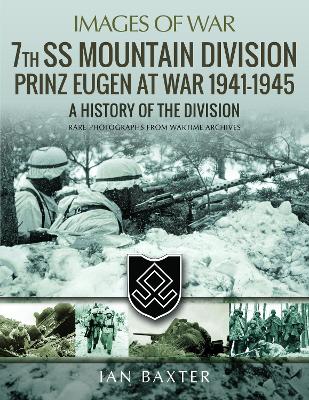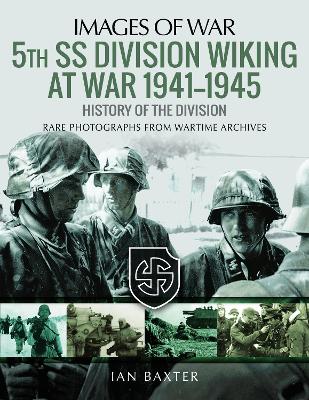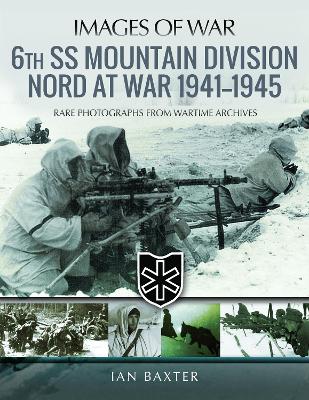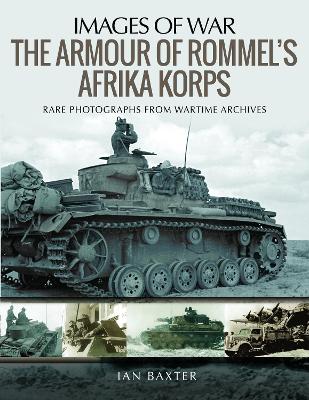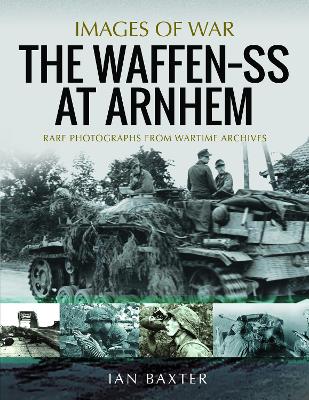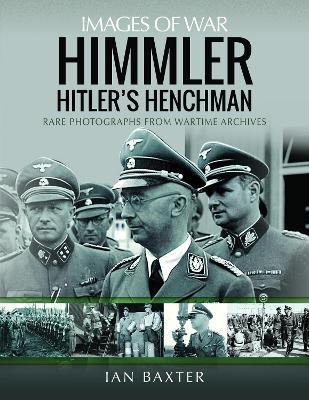Images of War
8 total works
5th SS Division Wiking at War 1941-1945: History of the Division
by Baxter, Ian
This superbly illustrated Images of War book reveals the full range of German armoured vehicles that saw service in North Africa over the two year period 1941 to mid-1943\. As well as the formidable panzers , such as the Tiger and Panther tanks, there were Sturmartillerie equipments, reconnaissance vehicles, half- tracks, armoured cars, Panzerkampwagens and motor cycles. All had their roles to play.
While the Allies triumphed in North Africa ultimately, the combination of German design and engineering with superb generalship and fighting spirit, very nearly changed the course of the Second World War in 1942\. Military historians and equipment enthusiasts will find this a fascinating and authoritative book.
This book, with its extensive text and rare and unpublished photographs with detailed captions, tells the story of the Waffen-SS offensive, known as `Wacht am Rhein` (Watch on the Rhine). These formidable SS armoured units with supporting Wehrmacht divisions initially achieved dramatic success making full use of the harsh winter conditions and terrain. Gradually the Allies regained the upper hand on the attackers who were increasingly suffering from lack of reinforcements and resupplies. After defeat at the pivotal battle of Bastonge, remaining Waffen-SS units withdrew and were transferred back to the Eastern Front. As described in this classic Images of War book, the Fuhrer's gamble so nearly paid off and the ruthless fighting spirit of the elite Waffen-SS divisions caused the Allied command serious concern.
Drawing on rare and unpublished photographs, this Images of War series work reveals the historical combat record of the `Hohenstaufen` and `Frundsberg` divisions. It describes the intensity of the fighting in and around Arnhem between these elite SS and supporting units against a lightly armed yet equally determined enemy. In spite of the war being only months away from its end and the defeat increasingly certain, the SS soldier remained fanatically motivated.
This superbly illustrated book with its well-researched text and full captions captures the drama of that historic battle for a bridge over the Rhine.
Despite his lack of military experience in the closing stages of the War he was appointed by Hitler as Commander of Army Group Vistula. Realising the war was lost, Himmler attempted to open peace talks with the Allies. Learning of this, Hitler dismissed him of all his posts in April 1945. Detained and arrested by British forces, he committed suicide on 22 May 1945.
The wartime career of this cruel and capable man is captured brilliantly with contemporary fully captioned images in this Images of War series work.
He established his fearsome reputation in the 1930s, as head of the Sicherheitsdienst...Read more
He established his fearsome reputation in the 1930s, as head of the Sicherheitsdienst (SD), the intelligence organisation which neutralised opposition to the Nazi Party by murder and deportation. He organised Kristalnacht and played a leading role in the Holocaust, chairing the 1942 Wannsee Conference which formalised plans for the �Final Solution'. In addition, as head of the Einsatzgruppen murder squads in Eastern Europe he was responsible for countless murders.
Appointed Deputy Reich-Protector of Bohemia and Moravia, he died of wounds inflicted by British trained SOE operatives in Prague in May 1942. The reprisals that followed his assassination were extreme by even the terrible standards of Nazi ruthlessness.
Heydrich's shocking and leading role in the Nazi regime is graphically portrayed in this Images of War book.
